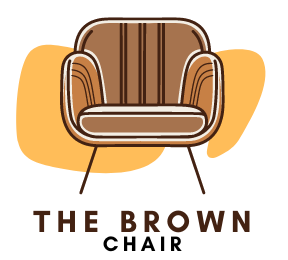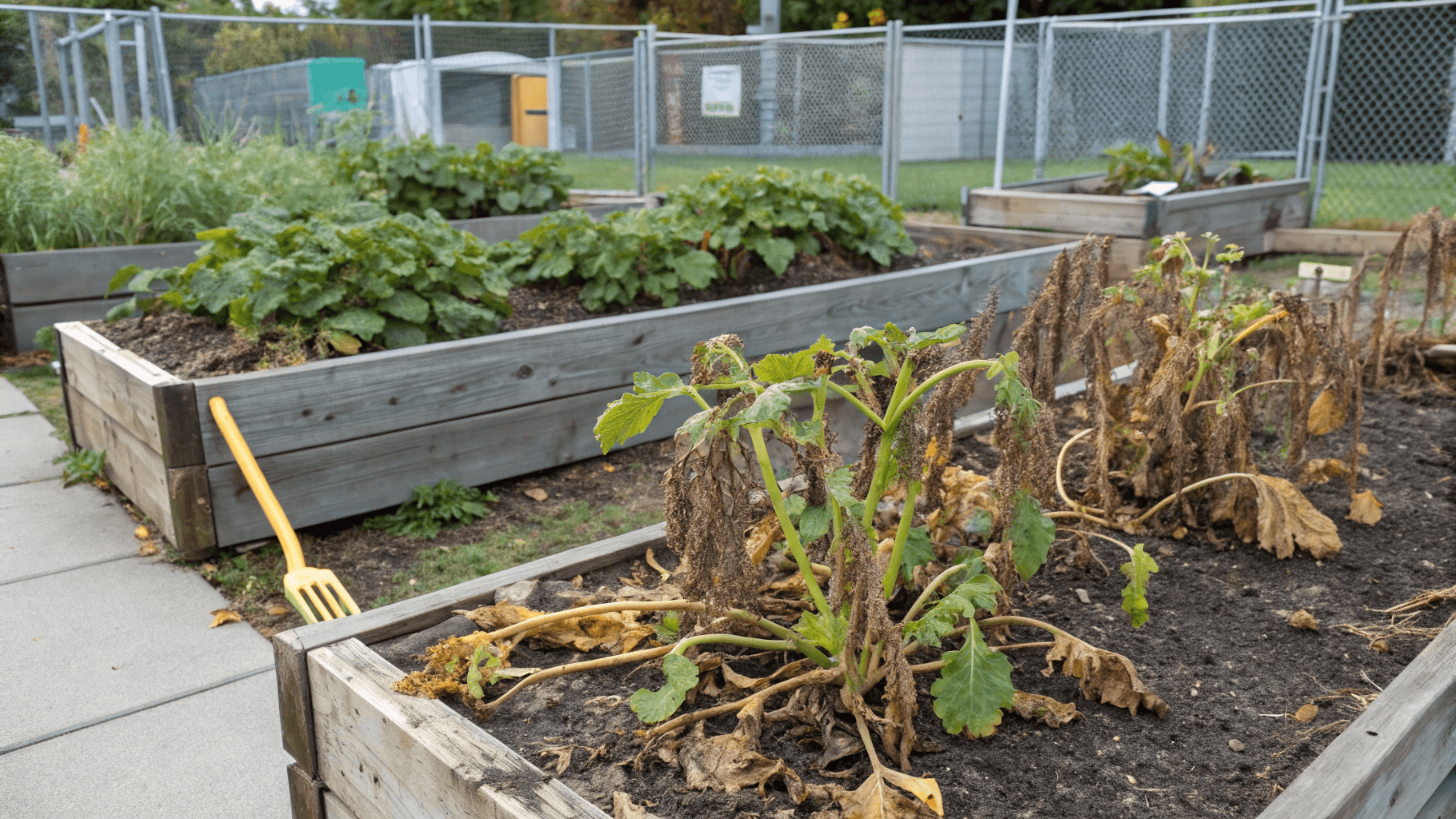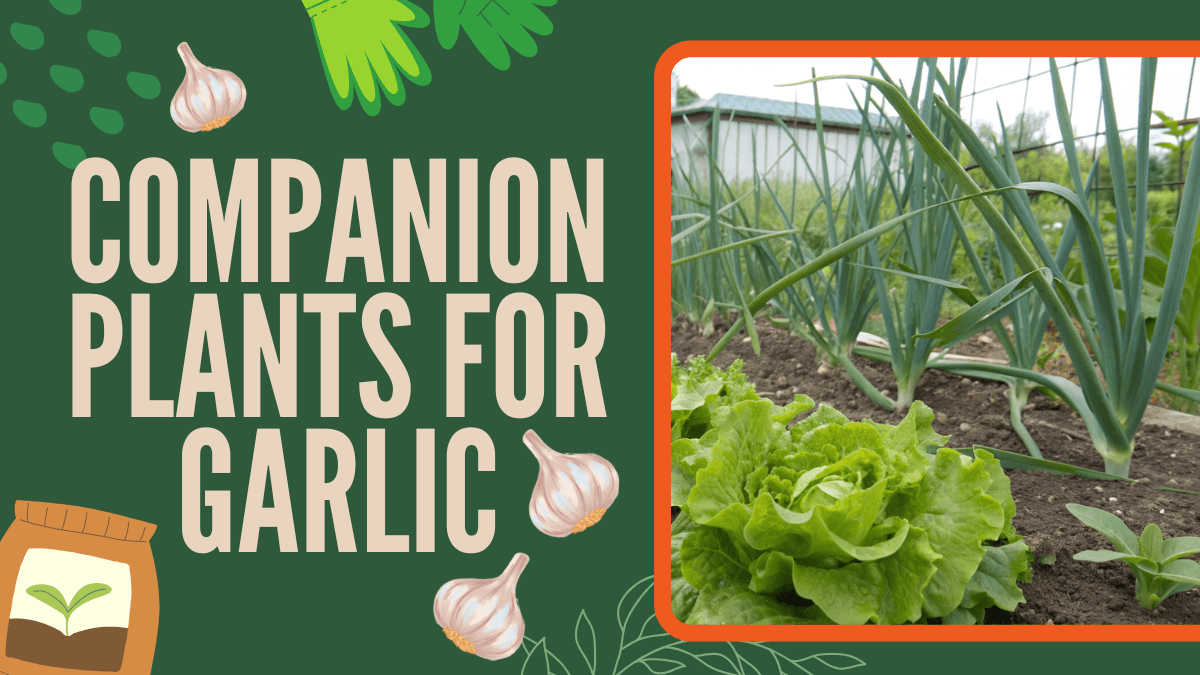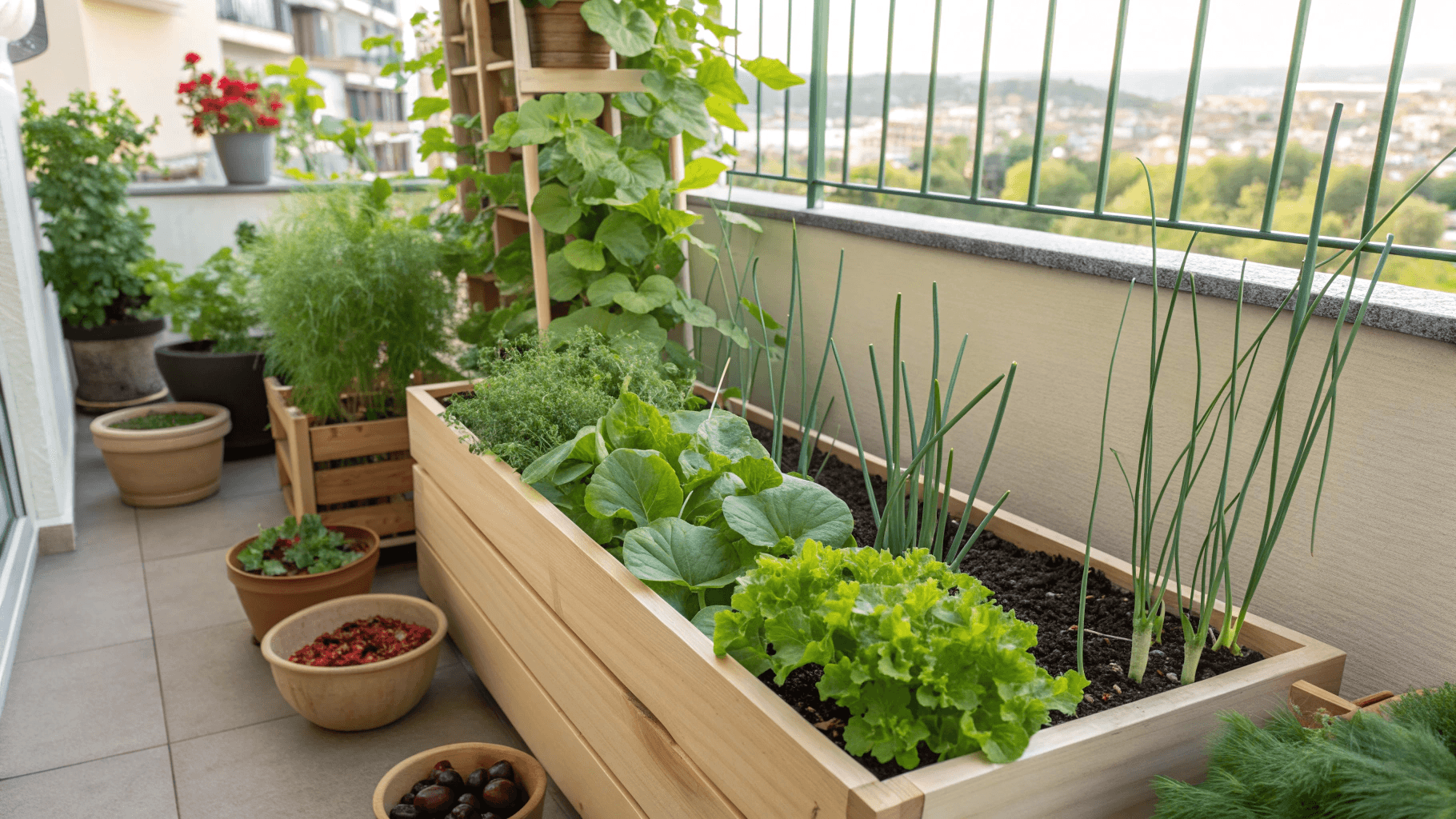The Brown Chair is a vegetable gardening blog sharing practical advice to help home gardeners grow healthy food with confidence.

Welcome to The Brown Chair
This site is for anyone who wants clear, practical guidance on growing vegetables at home, whether you’re just getting started or looking to improve your results. From raised bed gardening and container growing to soil preparation, watering, and plant care, The Brown Chair covers the essentials in a simple, easy-to-follow way.
You’ll find step-by-step guides, beginner-friendly tutorials, and real-world tips based on proven gardening methods. The goal is to remove the guesswork and help you make better decisions in your own garden, no matter the size of your space or your level of experience.
Raised bed gardening is a core focus, with detailed articles on soil mix recipes, proper watering, and choosing the right vegetables for your climate. Each guide is written to be practical and actionable, so you can apply what you learn right away.
Whether you’re growing food for your family, working toward a more sustainable lifestyle, or simply enjoying time outdoors, The Brown Chair is here to support your gardening journey. Explore the latest posts below and start growing with confidence.



